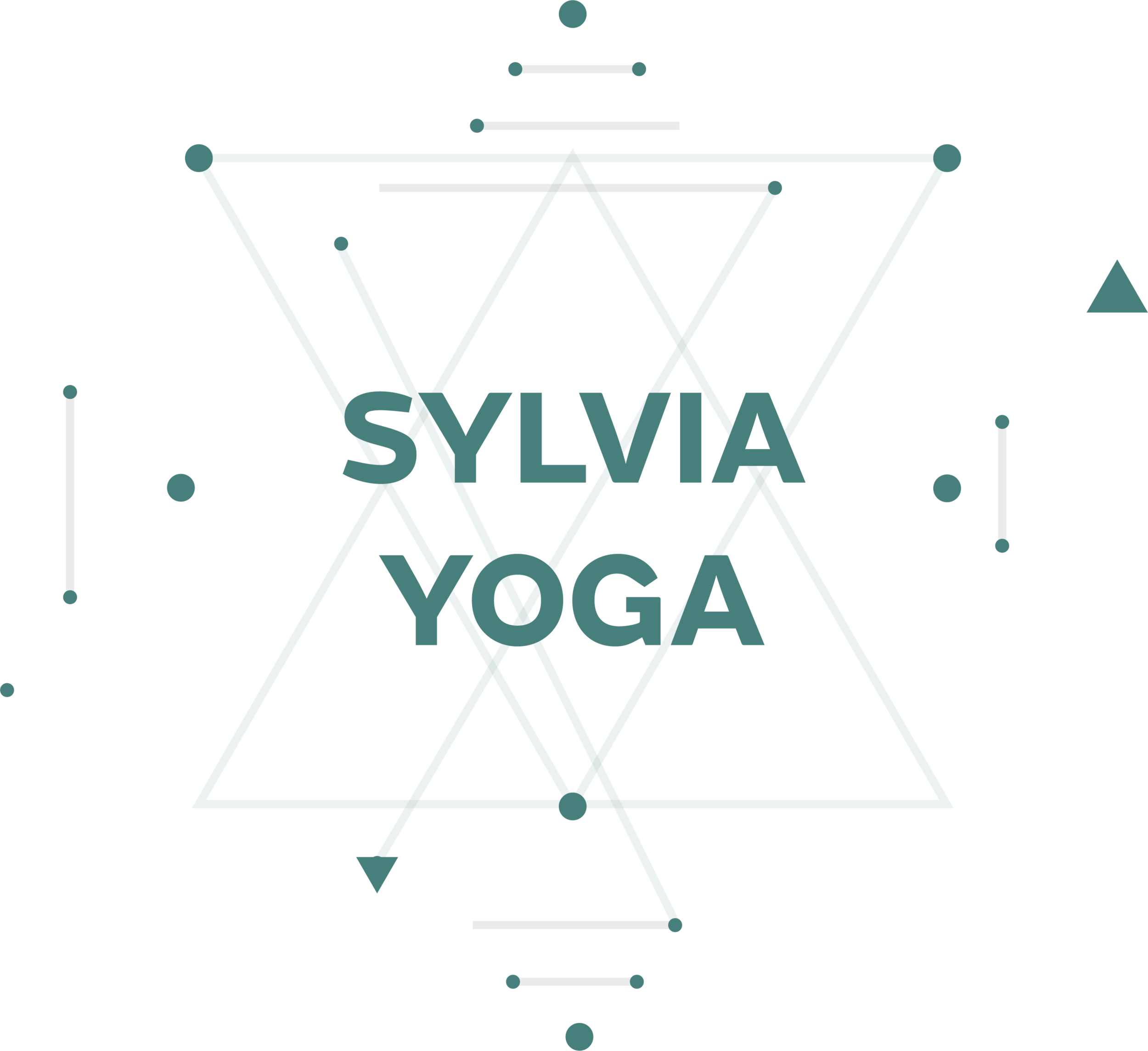Beginner's Mind: The Breathing Space.
Have you ever found yourself dragged into a chain of negative thoughts as a result of one small thing happening? These negative thought patterns are present for all of us and are very compelling. It’s not our fault, it’s how the brain is wired.
In our practices we try to open to the possibility of starting again, over and over again. Each new breath is a gateway into a fresh, new moment, each exhale an opportunity to release, to let go. Easier said and done perhaps, but we have many tools in the toolbox to support us. One of the most versatile and practical is the Breathing Space.
This practice can be done on-the-go, you literally stop in your tracks and gather yourself for a few breaths. It can be done as a stand-alone Mindfulness practice, a few minutes seated, or walking in nature or lying in bed. The process remains the same - we become aware of what is, we gather our awareness to one focal point, we expand the awareness back out to notice the whole body. We ground, we pause, we start again.
Step one.
Sitting or standing take a moment to assess the situation, as if you were reporting to a kind, supportive friend. It’s important to remember that all of our practices are imbued with curiosity and kindness. What’s going on for me right now? How am I feeling? What thoughts are bombarding me? What effect are these thoughts having on my body? We acknowledge what is, without rushing on, without reaction, without running away.
Step two.
Gather your attention and focus on the sensation of breathing. Notice the place where you notice the breath entering and leaving the body. Maybe the nostrils, the chest or the belly. Simply gather your attention on your breath for a few moments. The mind might continually wander off - off to thinking or planning or ruminating, that is not a mistake. That’s what minds do. For this stage of the practice we patiently come back to the breath again, and again, and again. This might just take a few moments, a few breaths, or maybe this takes a few minutes of your seated practice.
Step three.
We expand the awareness out to notice sensations in the whole body. Maybe noticing the contact with your body and what’s underneath you. Noticing the sensation of the feet on the floor if you are standing or sitting, the body in contact with the chair or the bed. See if you can get a felt sense of your whole body by noticing your contact with the air around you, the feeling of clothing on skin. Notice any places of tension; are you clenching your jaw or hunching your shoulders up around your ears? If so, could you soften a little, could you find some ease.
After this breathing space you are ready to move on with a fresh viewpoint. Physiologically the body will have calmed down a little, the breath will have slowed, the heart slowed a little, blood pressure will be down slightly. We can’t help but respond to these changes. This is your opportunity to choose your next moments with a fresh perspective, a wise discernment. Maybe the next sentence you speak is more considered, maybe you choose an action that will support your overall wellbeing. In this choice lies your growth and your freedom.
“Between stimulus and response there is a space. In that space lies our power to choose our response. In our response lies our growth and our freedom.” Viktor Frankl.
